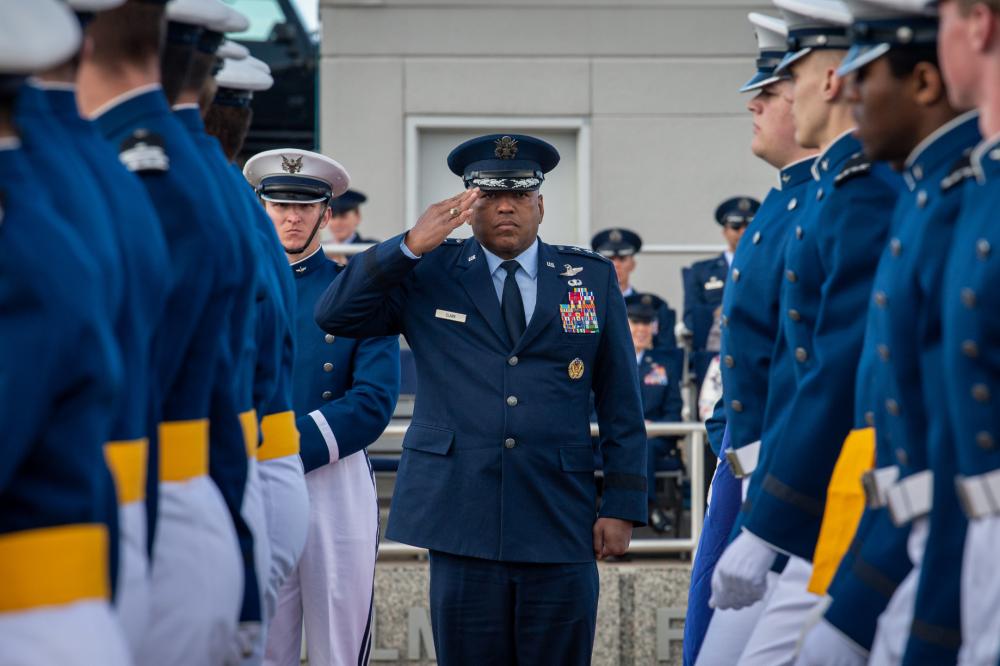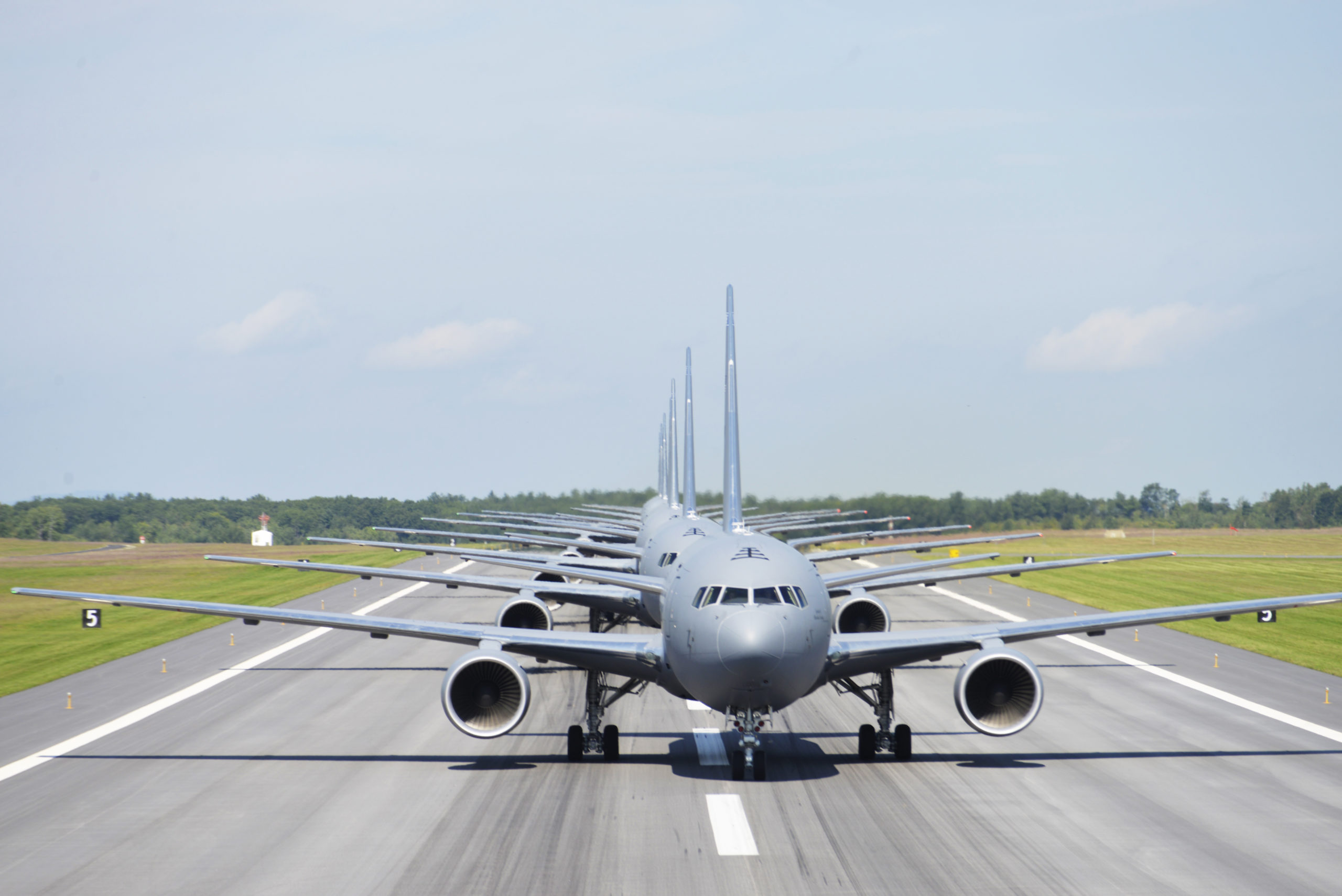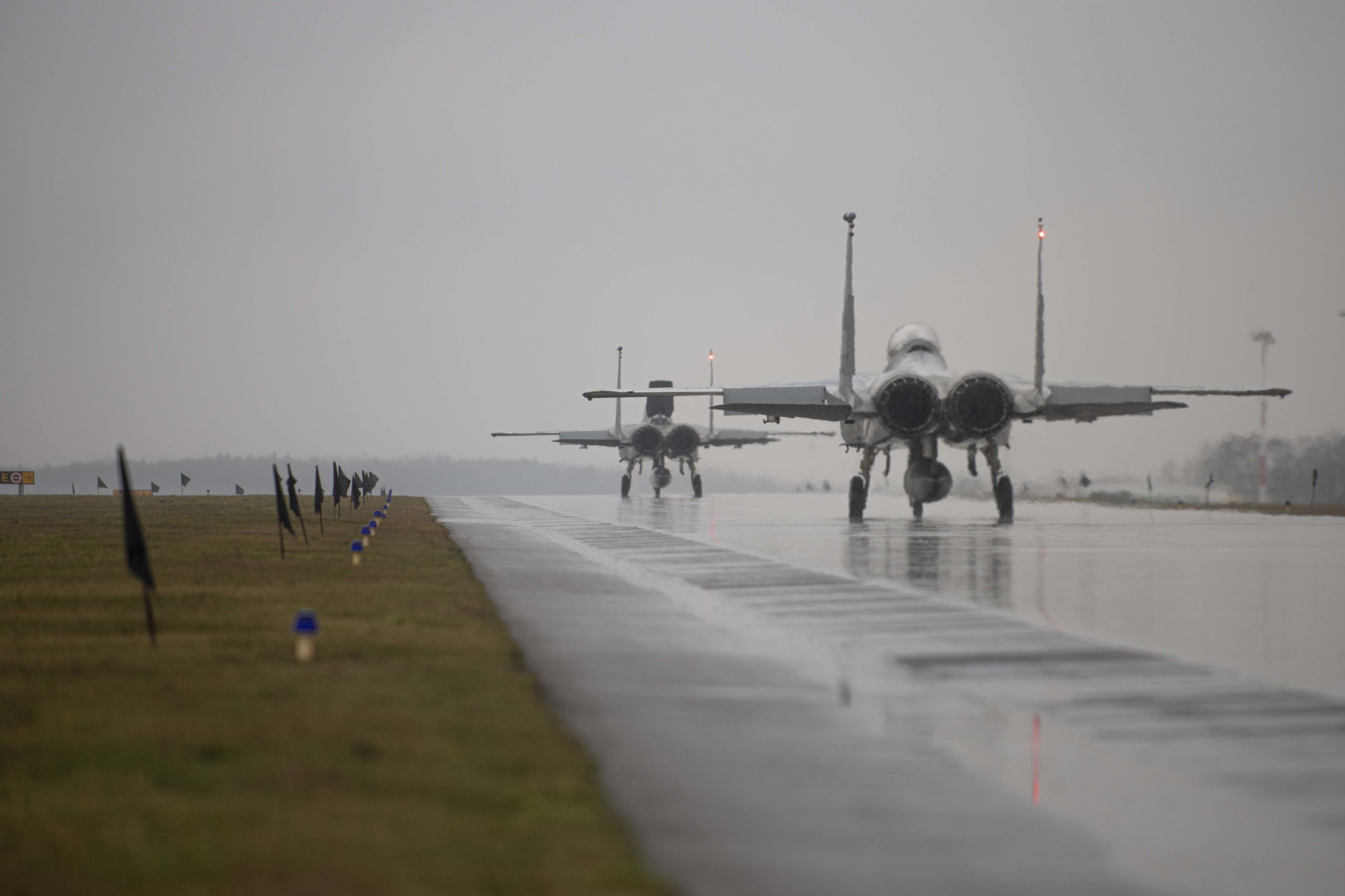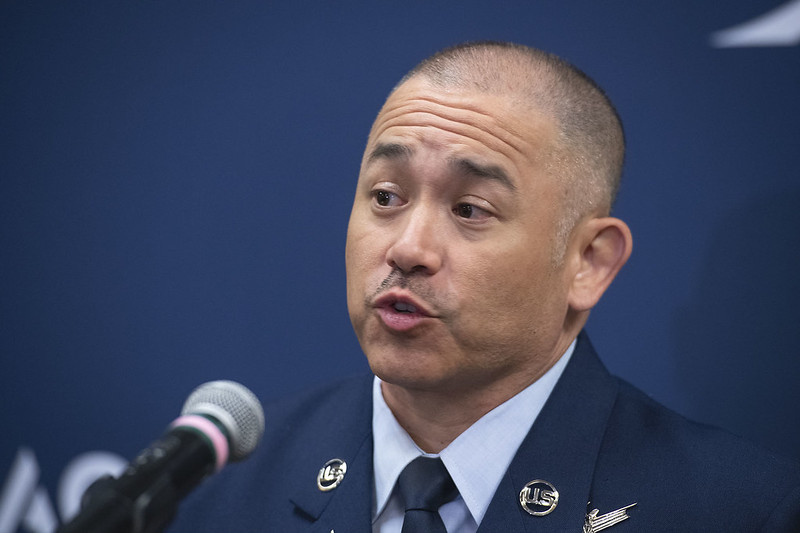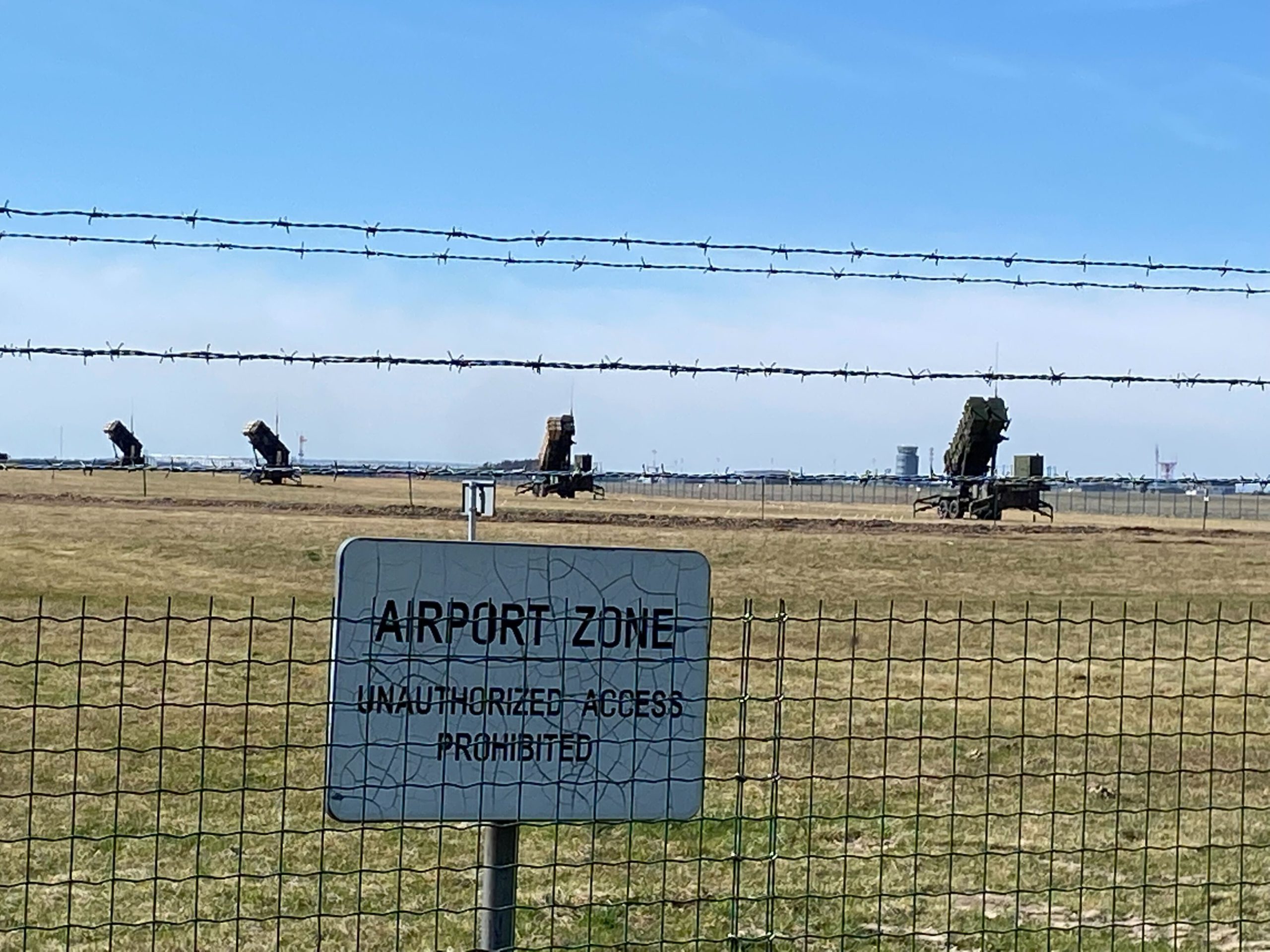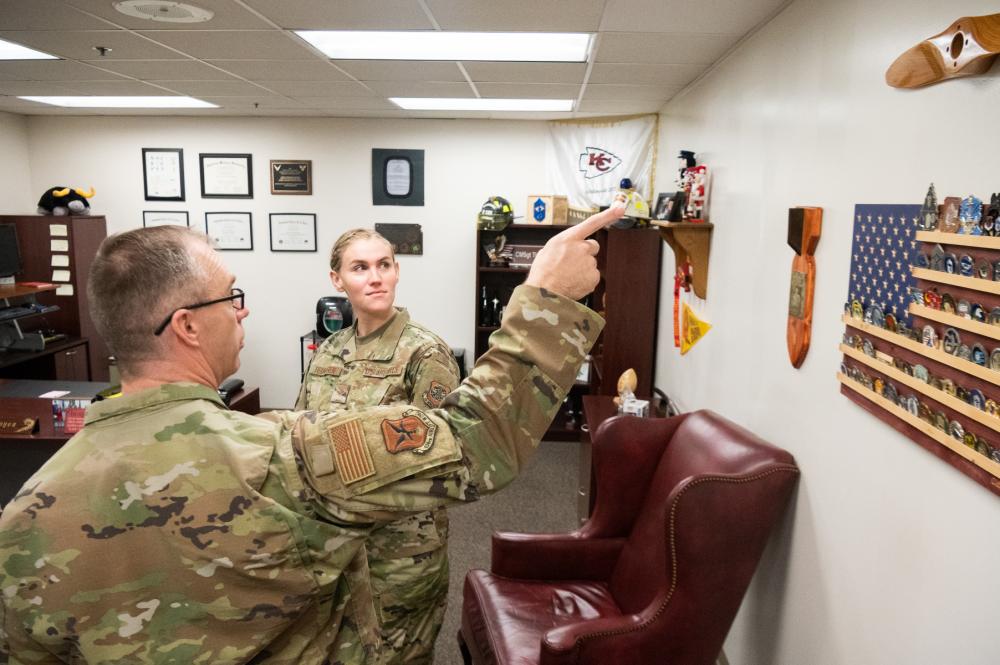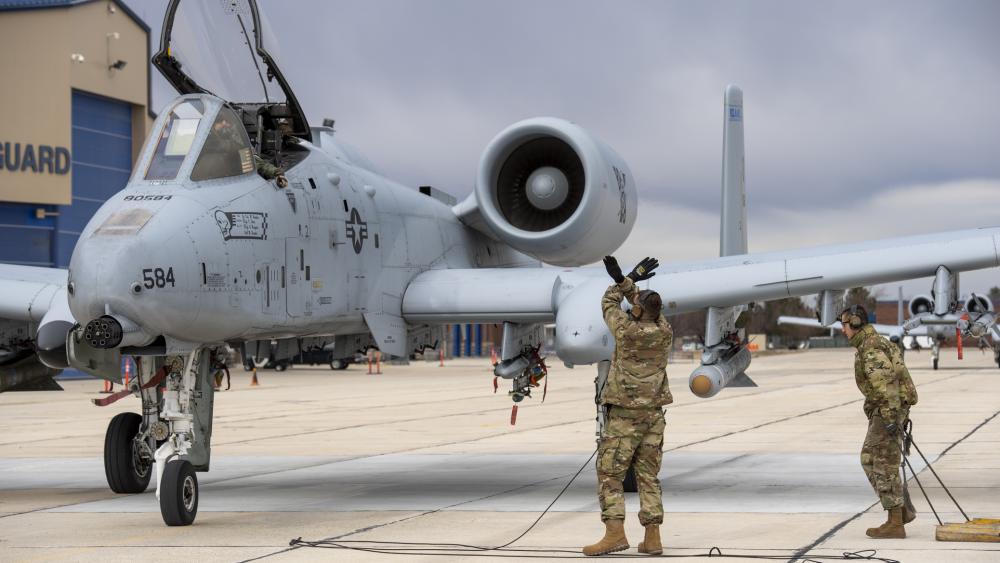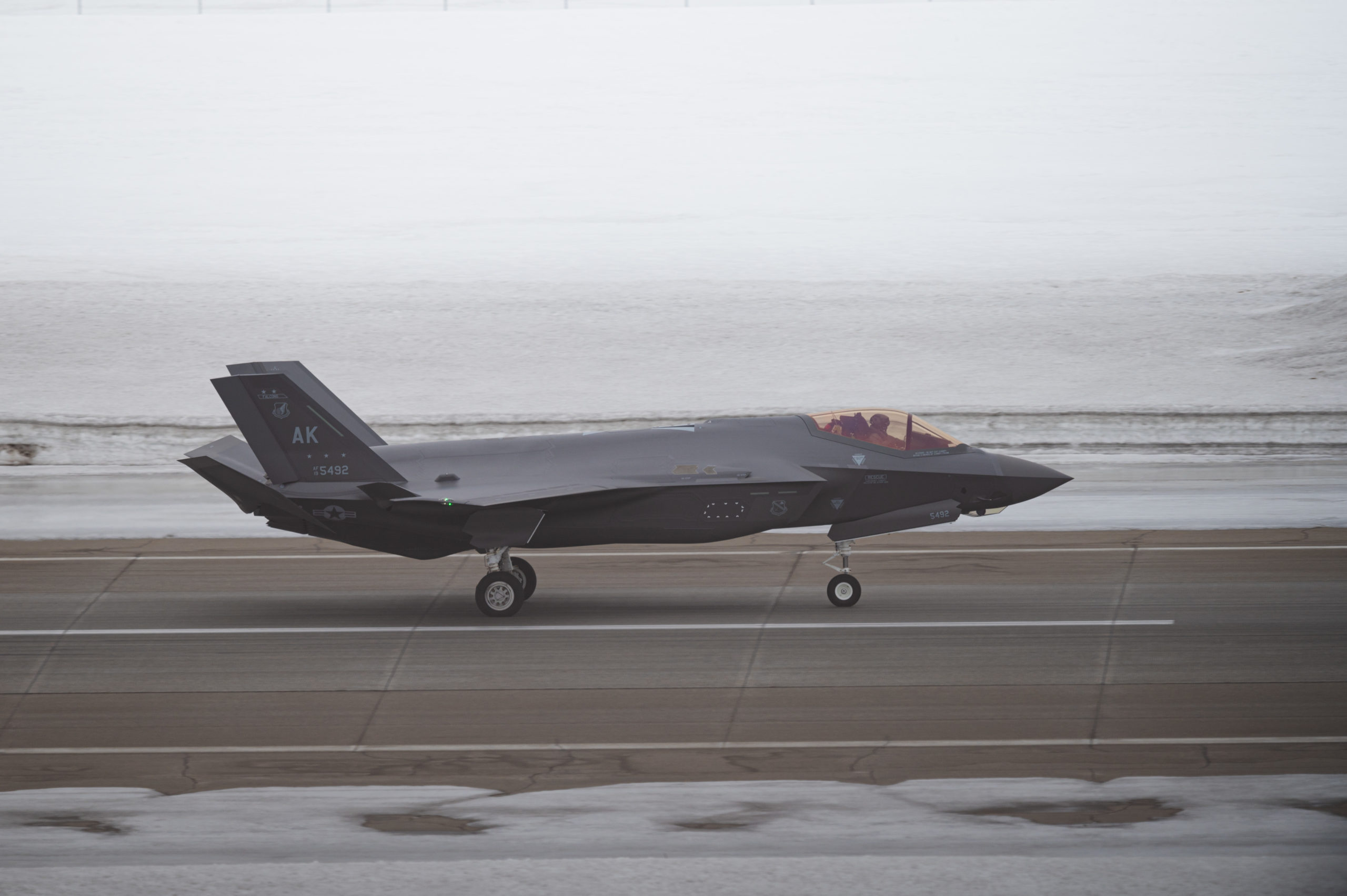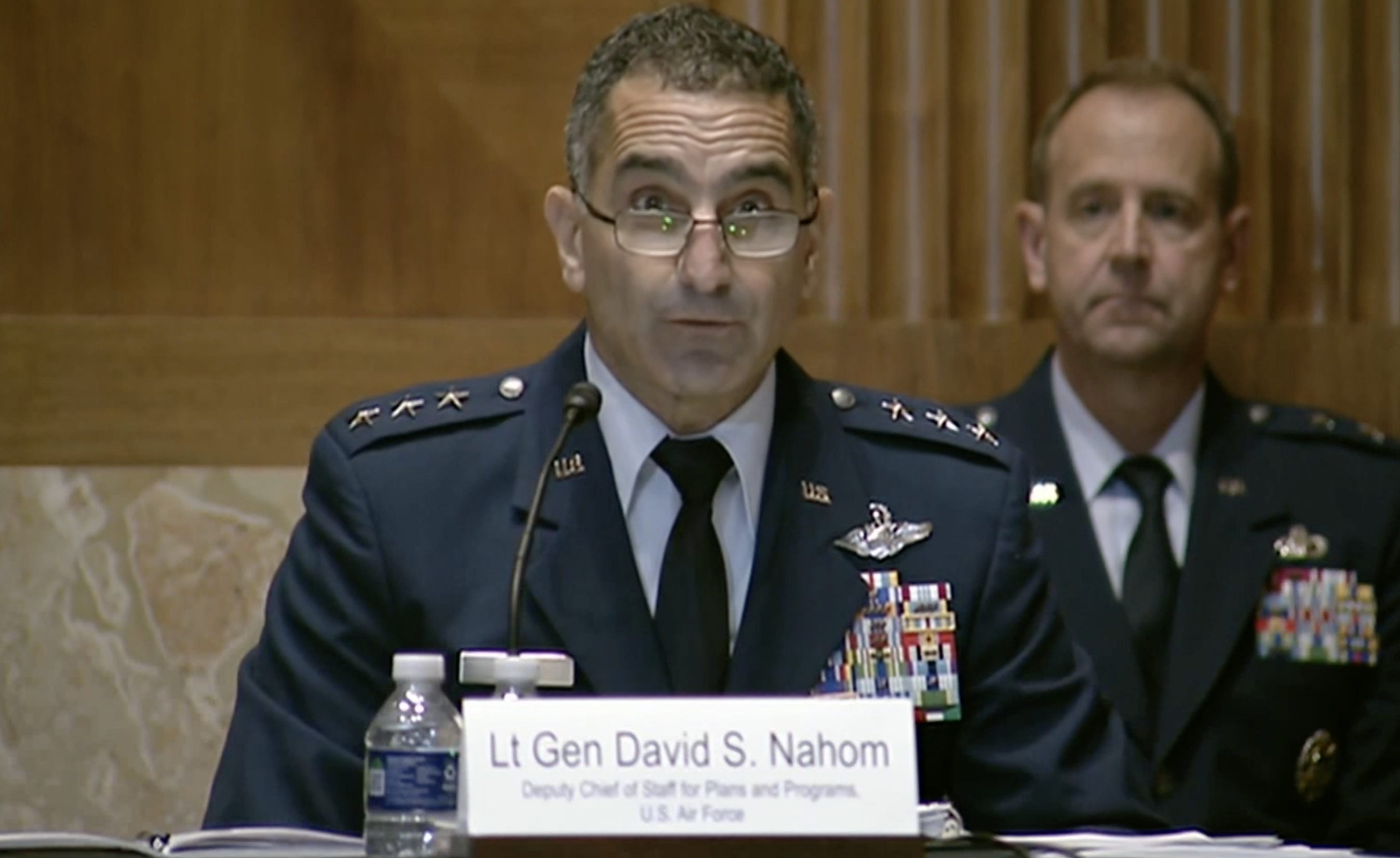The Air Force Academy has separated 22 students and put 210 on probation as a result of the widespread cheating scandal in the spring of 2020, the Academy’s superintendent told its Board of Visitors on April 13.
All told, almost every disciplinary case from the incident has now been resolved, according to a presentation from Lt. Gen. Richard M. Clark. Of the 245 Cadets implicated in the cheating, 232 have now been punished; seven were determined to have committed no violation; three had their cases dropped; and three are either on hold or have a decision pending.
In March 2020, when the COVID-19 pandemic first began to spread across the U.S., USAFA sent freshmen, sophomores, and juniors home, pivoting to distance learning for the first time.
But that presented opportunities for students to game the system.
“We had some that were using unauthorized websites, some that plagiarized on papers, some that collaborated on tests when they weren’t authorized to do so. It wasn’t just one group. It was just a bunch of different actions that we were made aware of,” Clark said in response to a question from Rep. Don Bacon (R-Neb.), himself a retired USAF brigadier general.
Most of those suspected of cheating admitted to their actions—all told, 231 confessed.
The disciplinary process, however, unfolded slowly as the school waited for students—who run the process of holding fellow cadets accountable for honor code violations—to return to campus for the fall semester before taking punitive measures. By January 2021, only one student had been expelled, and another had resigned.
At the same time, the academy undertook a reassessment of its honor code and policies, Clark said.
“The real action here, though, is the action we took afterward as a team, to take a look at our honor code, but also to take a look at: How are we developing them to live honorably and helping our Cadets understand the importance of that,” said Clark.
In February 2021, USAFA organized an honor code design sprint including Cadets, alumni, and other members of the academy to consider that issue. The group came up with three main themes to address.
“First, we realized that we weren’t emphasizing the ‘why’—why is this important that our Cadets own the mantra of living honorably?” Clark said. “ … We realized there was a lack of trust in the system, that they didn’t see the consistency in the way the honor code was administered. … And then, lack of intentional development. We were doing a fairly good job of development, but maybe it wasn’t in the right place and the right amounts in the right place.”
Looking to address those issues, the academy has increased staffing and curriculum for the honor system and updated and clarified parts of the honor code.
The early returns thus far have been promising—the number of honor code violations in the 2021-2022 school year, less than a month from final exams, is at its lowest point in more than a decade, after reaching a new high last year, according to data from Clark’s presentation.
This isn’t the first time a large number of Cadets have been forced out after cheating. In 2007, 18 students were either expelled or separated. In 1965, 105 Cadets were booted for cheating or for stealing and selling test papers. There have been other recent probes into cheating in 2019 and 2017.
